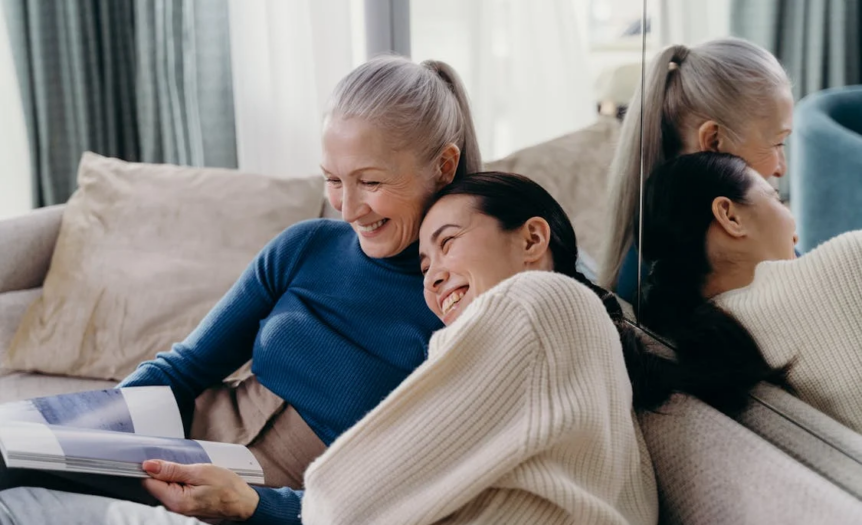As we age, living independently becomes difficult and our living spaces need to be adaptable to our needs. One of the most challenging tasks when it comes to aging is designing a comfortable and safe living space for elderly residents. This blog post will provide insights into how to design such a living space, including safety, design, and comfort considerations.
Benefits of Making Living Space Accessible and Convenient for Elderly Residents
Ensuring that living spaces are accessible and comfortable is essential for elderly residents. Providing accommodation for their needs can lead to a better quality of life, greater independence, and a higher sense of self-worth. Here are a few of the benefits of making a living space accessible and convenient for elderly residents:
- Reduces the risk of falls and accidents
- Boosts independence and self-esteem
- Improves social interaction
- Enhances physical and psychological well-being
- Enables easy navigation and mobility
Safety Considerations
Safety is crucial when designing a living space. Making protective measures a priority can go a long way in avoiding accidents and injuries. Here are a few safety considerations you should make when designing a living space for an elderly resident:
- Install grab bars, handrails, and anti-slip flooring to prevent falls
- Ensure that electrical appliances and wiring are up to code
- Install smoke and carbon monoxide alarms
- Ensure that the main entry and exit points to the living space are secure
- Make sure there is sufficient lighting in all areas, especially in hallways and stairs
Design Considerations
Designing a living space for an elderly resident requires thoughtful consideration. Comfort and functionality are just as essential as aesthetic appeal. Here are a few design considerations that are crucial when designing a living space for an elderly resident:
- Widen doorways to accommodate wheelchair access
- Lower kitchen counters and cabinets for easy access
- Install a walk-in shower with a non-slip floor
- Install lever handles instead of doorknobs
- Install rocker light switches instead of toggle switches
Ideal seniors living architect Asia can help in designing appropriate living spaces for the elderly by offering comfort and safety.
Comfort Considerations
Comfort is necessary when designing a living space for an elderly resident. An environment that is both cozy and accommodating can significantly impact an individual’s overall sense of well-being. Here are a few comfort considerations for designing a living space for an elderly resident:
- Incorporate a comfortable chair or recliner into the living area
- Install an adjustable bed for easy access
- Use high-quality innerspring mattresses
- Make sure there is enough storage space for the resident’s belongings
- Install outdoor shutters Sunshine Coast to control natural light and add an extra layer of insulation.
Providing a safe, comfortable, and accessible living space for elderly residents isn’t always easy, but it is essential. As we age, our environment needs to become more adaptable to our needs. Designing an excellent living space that meets older resident’s needs can help them remain independent for longer.
Conclusion
It is essential to design a comfortable, safe, and accessible living space for elderly residents. Keeping in mind the safety and comfort considerations while designing the living space can go a long way in making their lives more manageable and enjoyable. Best Seniors Living Architect Asia can help design a living space that meets the needs of elderly residents and enhances their quality of life. Additionally, outdoor shutters Sunshine Coast can add an extra layer of insulation to make the living space cozy and comfortable for the elderly.










